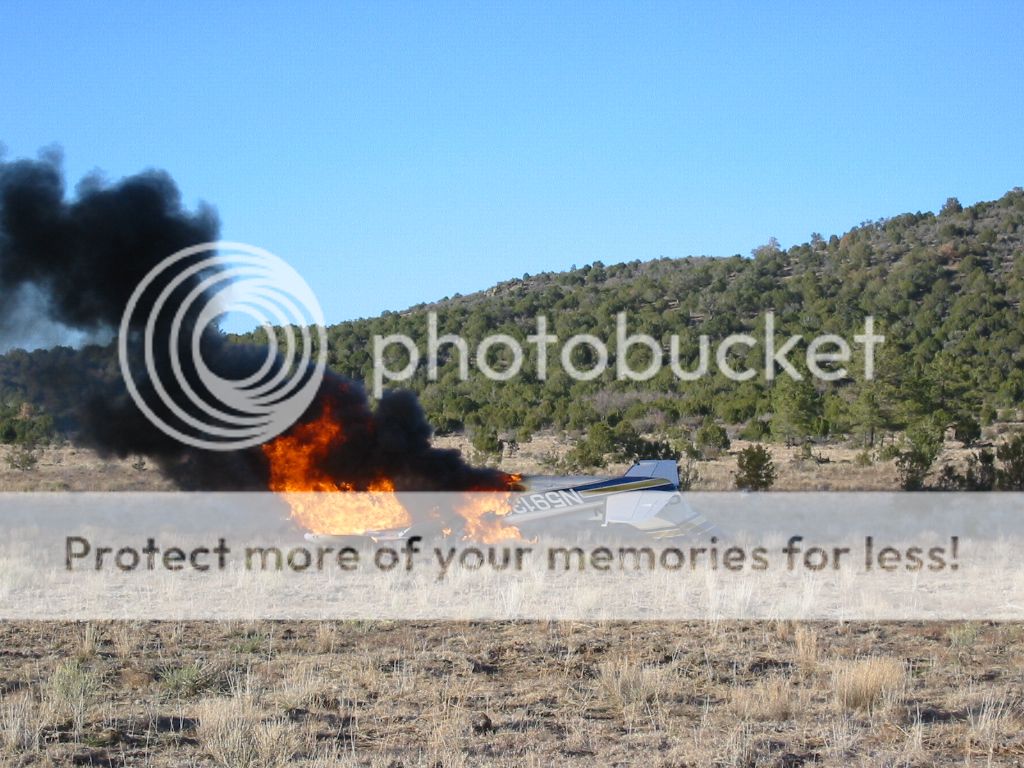Ahhh, Walter and George, two very bright guys. I assume, perhaps wrongly, that the subject was George's Bonanza, and the "certification" was the Liquidair STC?
Here is a cross section of Walter's donut,
data taken from CR3405, total pressure distribution behind the prop disk as measured with a rake. Note that distribution rises from about 0.85 Qfreestream to about 1.1~1.2 near the outer edge of the cowl.

The inboard flow in Walter's theory depends on that gradient. With that in mind, consider the pressure distribution across the Bonanza's 1950's cowl inlet, as compared to a design based on more recent data (CR3405 being one source):


The old style includes significant inlet area near and even
behind the spinner, where pressure would be very low. A design with inlets moved outboard and upward, combined with a sealed propshaft region, would not offer nearly so much gradient. The whole point of such an inlet placement is to position the inlet in a more favorable region of the propwash, and to flatten the gradient across the inlet itself.
Such an inlet is not going to respond to relative wind direction the same as the subject Bonanza. In fact, the response would vary considerably based on a number of additional factors. Differences in blade root airfoil and fore and aft proximity of the blade to the inlet would be good examples. Better cooling on the runup pad by facing downwind is not valid as a general statement.
But don't take my word for it, as Walter has written on the subject. Here's a
whole version, circa 2004. In particular, note the last several paragraphs.
As has been correctly noted, all airflow is only from areas of high pressure to areas of low pressure. Take the condition suggested here: Wind 360 @ 10 knots. With the wind directly pointed AT the nose of the airplane, the angle of attack on the moving air by the prop near the hub will be very low, if not zero. Very little air moves into the cowl since there is no real high pressure developed. The air movement is nearly the same with the engine OFF as with it running--10 knots. Not much.
Now, turn the aircraft 180 degrees to the wind. The angle of attack of the relative wind against the prop is now very high. The wind is coming around the fuselage and hitting the prop tips at a very high angle of attack. This results in a large thrust vector and high pressure area in a donut-type shape around the nose of the airplane as Barry and Del noted. The low pressure areas are outboard of the prop arc and behind the spinner and inside the cowl. The prop blast moves toward these low pressure areas. As soon as the air pressure moves behind the spinner, it chases the low pressure area in the cowl and in the air goes! There is a low pressure below the cowls since the prop blast below the airplane is creating low pressure in the cowl flaps. The air chases that low presure and the air movement is on out of the cowl flaps. The air moves from front to back through the cowl.
With any angle other than directly downwind or directly into the wind there is essentially NO air movement under the cowl! Essentially, none! That was a surprise.
So, the correct answer is that directly downwind gives the most cooling, with directly into the wind second (the same with the engine running or not running!) and essentially no cooling air movement at any other angle.
We watched this in amazment as we taxiied around in a circle. The tufts would be limp at all headings other than directly into the wind and dead downwind. There was a little tuft movement when INTO the wind and the tufts would stand out straight with a LOT of air movement when we passed through dead downwind. I do run-ups into the wind unless the OAT is very high, then I do them dead downwind to help keep CHTs under control on the ground. Sometimes it gets some interesting remarks from the tower! <g>
There's nothing like measuring and observing something to find out what's really happening!
This is true on a tricyle gear airplane as the prop is basically 90 degrees to the ground. This effect is NOT observed in taildraggers. In taildraggers, the only position that gives any air movement is INTO the wind. Also, there are serious prop-stress issues which result when doing runups at ANY angle other than directly INTO the wind in a taildragger. Stay directly INTO the wind in a taildragger.
Walter Atkinson
Advanced Pilot Seminars









